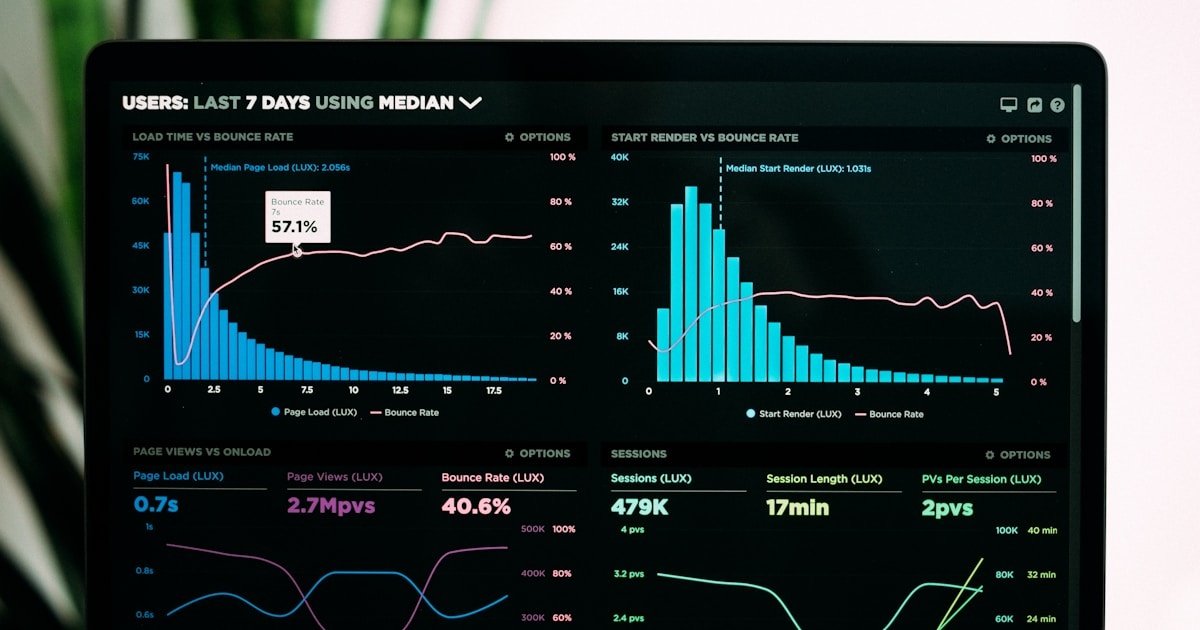
16 Sep Data-Driven Decision Making in Remote Teams: Strategies for Success
Introduction
The shift to remote work has redefined traditional organizational dynamics, requiring new approaches to collaboration, communication, and decision-making. In this landscape, data-driven decision-making (DDDM) emerges as a critical strategy for ensuring that remote teams remain agile, aligned, and effective. DDDM involves making decisions based on objective data analysis rather than intuition or personal judgment, which can lead to more informed choices and improved outcomes. However, implementing data-driven decision-making in remote teams poses unique challenges that organizations must navigate to maintain productivity and drive success. Here we explore the importance of DDDM for remote teams, the challenges it presents, and practical strategies for its implementation.
Importance of Data-Driven Decision Making in Remote Teams
In remote work environments, where team members are often dispersed across different locations and time zones, the ability to make informed and timely decisions is paramount. Data-driven decision-making offers a structured approach that relies on concrete evidence and metrics, reducing ambiguity and ensuring that decisions are grounded in facts. This approach fosters transparency, accountability, and trust among remote team members, which are essential for maintaining engagement and collaboration in a virtual setting. Furthermore, DDDM enables remote teams to respond quickly to changes, optimize performance, and align their actions with organizational goals, thereby enhancing overall effectiveness.
Challenges of Data-Driven Decision Making in Remote Teams
Data Silos and Fragmentation
In a remote work environment, data often becomes scattered across various platforms, tools, and systems, creating silos that fragment information. These silos can make it challenging to access a unified and comprehensive view of data, which is critical for informed decision-making. The lack of data integration hampers the ability of remote teams to analyze information effectively and draw meaningful insights. As a result, teams may find themselves making decisions based on incomplete or outdated data, undermining the overall strategic objectives and operational efficiency of the organization.
Lack of Real-Time Data Access
Remote teams operate in environments where timely decision-making is essential to maintain agility and responsiveness. However, delays in data collection, processing, and dissemination often result in a lack of real-time data access. This lag can mean that decisions are made based on stale or irrelevant information, which can impact project timelines, resource allocation, and market responsiveness. The absence of up-to-date data disrupts the decision-making process, making it difficult for teams to adapt quickly to changing circumstances or new information.
Data Literacy and Interpretation Gaps
Within remote teams, varying levels of data literacy can pose significant barriers to effective decision-making. While some team members may be adept at analyzing and interpreting data, others may struggle to understand data visualizations, statistical findings, or analytics reports. These gaps in data literacy can lead to misinterpretation of information, incorrect conclusions, and a general lack of confidence in data-driven decision-making processes. Without targeted training and resources, these disparities can result in a reliance on intuition or subjective judgment rather than objective, data-based insights.
Technology and Security Concerns
Technology is the backbone of remote work, facilitating data collection, storage, and analysis. However, this dependence also brings about several challenges. Technical issues such as software glitches, connectivity problems, and device incompatibility can disrupt data workflows and impede the decision-making process. Moreover, remote teams are particularly vulnerable to security risks, including data breaches, cyber-attacks, and unauthorized access to sensitive information. These threats not only compromise the integrity of the data but also create additional stress and anxiety among team members, potentially stifling creativity and innovation.
Resistance to Change and Cultural Barriers
The transition to a data-driven decision-making framework can encounter resistance from team members who are more accustomed to traditional methods. This resistance may stem from a lack of understanding of the benefits of DDDM, concerns about job security, or discomfort with new technologies and tools. Additionally, remote teams often consist of diverse individuals from various cultural backgrounds, which can influence how data is perceived, interpreted, and utilized. These cultural differences can create friction when attempting to establish a unified data-driven approach, leading to challenges in aligning team members around common objectives and methodologies.
Strategies for Implementing Data-Driven Decision Making in Remote Teams
Establish Clear Data Governance Policies
Developing robust data governance policies is essential for ensuring consistency and transparency in data management across the organization. These policies should clearly define the processes for data collection, storage, access, and sharing, while also outlining roles and responsibilities for data stewardship. By creating a standardized framework, organizations can minimize data silos and fragmentation, promote better data hygiene, and ensure that all team members are working with accurate and reliable information.
Invest in Real-Time Data Analytics Tools
To empower remote teams to make timely and informed decisions, organizations should invest in advanced data analytics tools that provide real-time access and visualization capabilities. These tools enable teams to monitor key performance indicators (KPIs), assess trends, and evaluate progress against goals in a dynamic and interactive manner. Real-time analytics tools also facilitate scenario planning and predictive modeling, allowing teams to anticipate challenges and respond proactively rather than reactively.
Enhance Data Literacy and Training
Fostering a culture of data literacy is critical to ensuring that all team members are equipped to engage with data meaningfully. Organizations should offer regular training sessions, workshops, and resources to enhance employees’ understanding of data interpretation, analytics, and visualization tools. Providing access to learning modules and expert guidance can empower team members to confidently leverage data in their decision-making processes, ultimately leading to more accurate and effective outcomes.
Implement Secure Data Management Practices
Given the heightened risks associated with remote work, securing data management practices is crucial. Organizations must prioritize the use of secure cloud storage solutions, regularly update software and security protocols, and conduct frequent audits to detect and address vulnerabilities. By implementing strong cybersecurity measures, organizations can protect sensitive information, maintain data integrity, and build trust among team members and stakeholders in the reliability of data-driven processes.
Foster a Data-Driven Culture
To successfully integrate DDDM into everyday practices, organizations need to cultivate a data-driven culture that values and rewards data-based insights. Leadership must actively promote data-driven decision-making as a core organizational value through consistent messaging, actions, and recognition of data-savvy employees. Encouraging open discussions, sharing data success stories, and celebrating wins that result from data-driven initiatives can help embed this culture at all levels of the organization.
Facilitate Cross-Functional Collaboration
Encouraging collaboration across different functions and departments is essential for breaking down data silos and enhancing collective intelligence. Regular virtual meetings, collaborative platforms, and integrated communication tools can facilitate the exchange of insights and perspectives, enabling teams to co-create solutions and innovate effectively. Cross-functional collaboration ensures a holistic approach to problem-solving, where diverse viewpoints are considered, and data is utilized to its fullest potential.
Conclusion
Driving data-driven decision-making in remote teams requires a strategic approach that addresses the unique challenges of virtual work environments. By establishing clear data governance policies, investing in the right tools, enhancing data literacy, securing data management practices, fostering a data-driven culture, and promoting cross-functional collaboration, organizations can unlock the full potential of their remote teams.
How SUTE Can Support Data-Driven Decision Making in Remote Teams
SUTE, a comprehensive virtual office platform, offers a suite of tools and features designed to facilitate data-driven decision-making in remote teams. By integrating advanced analytics, secure data management, and real-time collaboration capabilities, SUTE enables organizations to streamline their data processes and foster a culture of innovation. SUTE’s platform supports the collection, analysis, and visualization of data, making it accessible to all team members, regardless of location or technical expertise. Additionally, SUTE’s secure infrastructure ensures that all data is protected, providing peace of mind to organizations concerned about security risks in a remote environment.
Call to Action
For organizations looking to enhance data-driven decision-making in their remote teams, SUTE is here to help. Our experts are available for consultation to discuss tailored solutions that promote innovation and efficiency in a virtual office setting. Contact us today to learn more about how SUTE can help you achieve your goals and drive success through data-driven strategies.
Cited Resources
Harvard Business School Online. (2019) The Advantages of Data-Driven Decision-Making
Forbes. (2021). How To Harness A New Wave Of Data-Driven Decision Making
Research Gate. (2024). Data-Driven Decision-Making for Business


